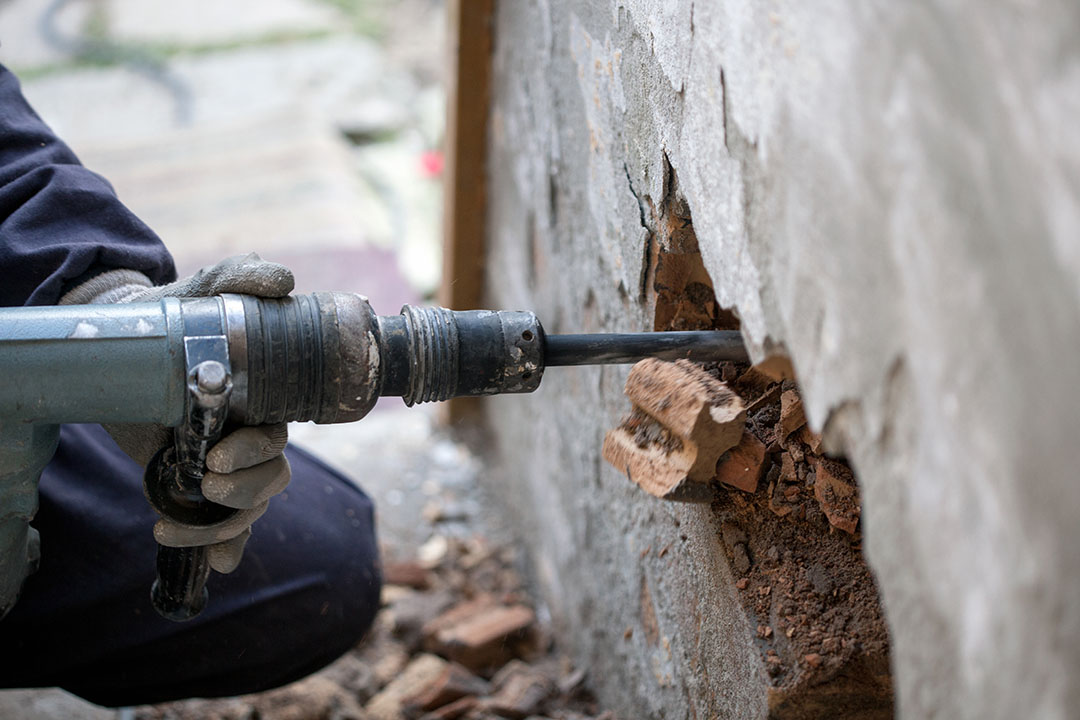
Preventative Measures
The Occupational Health and Safety Administration, or OSHA, recommends that employees:
- Inspect all tools before every use
- Never carry a tool by the cord or hose
- Never hold fingers on the switch button when carrying a tool
- Secure work with clamps or a vise so that both hands can operate the tool
- Keep cords and hoses away from heat, oil, and sharp edges
Remain a safe distance away from anyone else working in the same area or observing your work
- Keep good footing and maintain balance
- Wear proper clothing for the task, and avoid loose clothing, ties, and jewelry
- Disconnect tools when not in use, before maintenance or cleaning, and when changing any accessories
- Never yank the cord or hose to disconnect it
- Maintain tools with care
- Follow the manufacturer’s recommendations for lubricating and changing accessories
- Remove any damaged tools from use and tag them “Do Not Use”
- Never attempt to override or remove any guards
Electric Shock
Power tools can cause electric shock when used improperly. To lower the risk of electric shock, employees should never attempt to override the safety features on a three-pronged plug. They should only operate tools within their design limitations, and always wear appropriate safety gloves and footwear. Employees should store tools in a clean, dry place when not in use, and should never use power tools in damp or wet locations unless the tools are specifically rated to do so. Employees should keep their work area well-lit, and make sure that electrical cords don’t cause a tripping hazard.
Pneumatic Tools
Pneumatic tools are powered by compressed air. If used improperly, the hose that attaches the tool to an air supply can detach, flinging the tool or attachment toward the user or other employees. Other hazards of pneumatic tools include excessive noise, vibration, fatigue, and strains. Employees should wear special personal protective equipment, or PPE, when operating pneumatic tools.
Hydraulic Tools
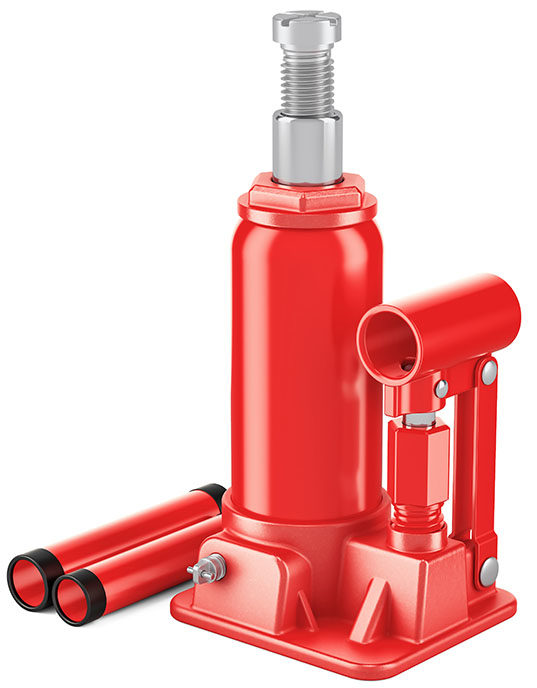
- Make sure that the base rests on a firm, level surface
- Ensure that the tool is correctly centered
- Verify that the tool bears against a level surface
- Check that the lift force is applied evenly
Jacks should never be used to support a lifted load. They can easily cause fatal crushing injuries if improperly used.
Liquid Fuel Tools
Liquid fuel tools are powered by fuel, typically gasoline. Employees must always transport and store fuel only in approved flammable liquid containers. Before refilling a liquid fuel tool’s tank, employees must shut down the engine and allow it to completely cool. If a tool is refueled while the engine is still hot, the pre-existing heat could ignite fuel vapors and cause a fire or explosion.
Powder-Actuated Tools
Powder-actuated tools operate like a loaded gun and may only be used by specially-trained and certified employees. These should never be used in an explosive or flammable environment. Employees should never load a powder-actuated tool unless it is going to be used immediately, and should never leave a loaded tool unattended, especially where it might be available to an unauthorized user. Employees should always select the powder level that can do the intended work without excessive force. If a tool misfires, the employee should hold it in place for thirty seconds before attempting to fire it again. If it misfires a second time, the employee should hold it in place for thirty seconds, remove the load, and immediately place the faulty cartridge in water to lessen the chance of explosion.
Abrasive Wheel Tools
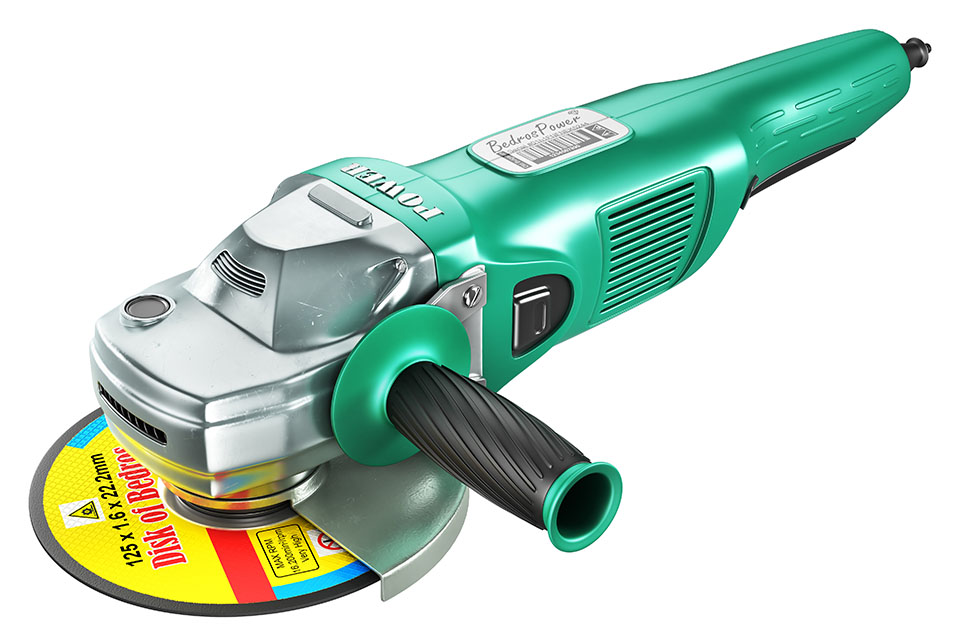
Summary
While hand and power tools can be dangerous, the majority of these injuries are caused by careless use or improper maintenance. With proper training, inspection and maintenance schedules, you can reduce the risk of tool-related injuries in your workplace.
For further information, follow these links:

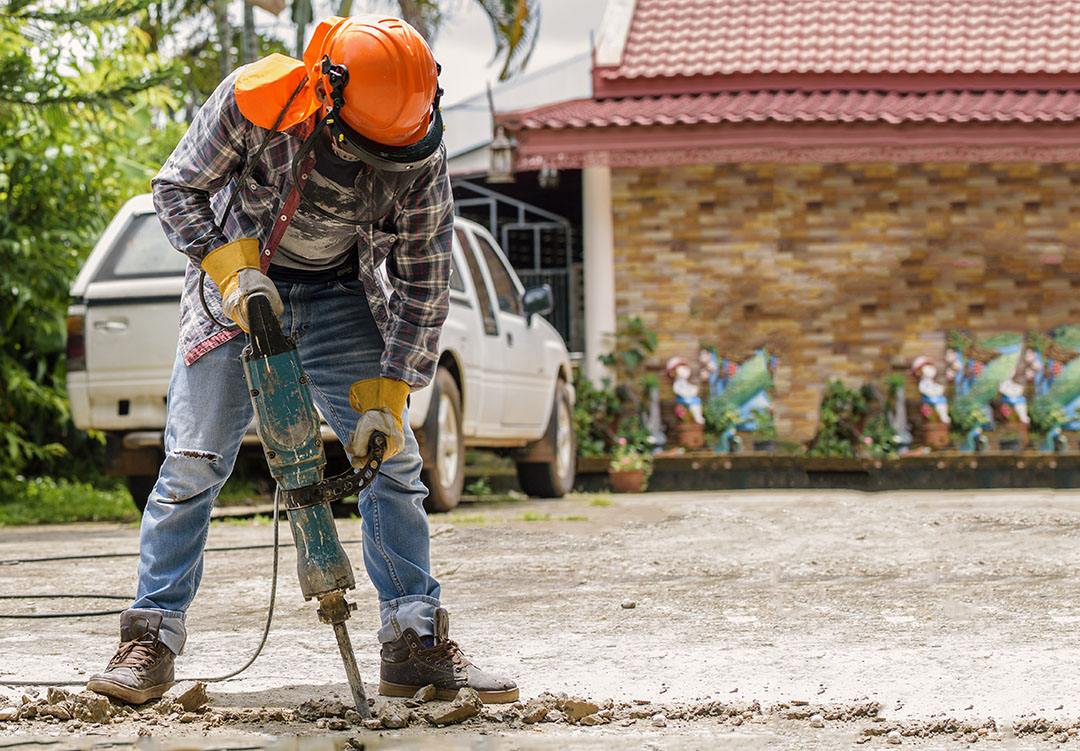
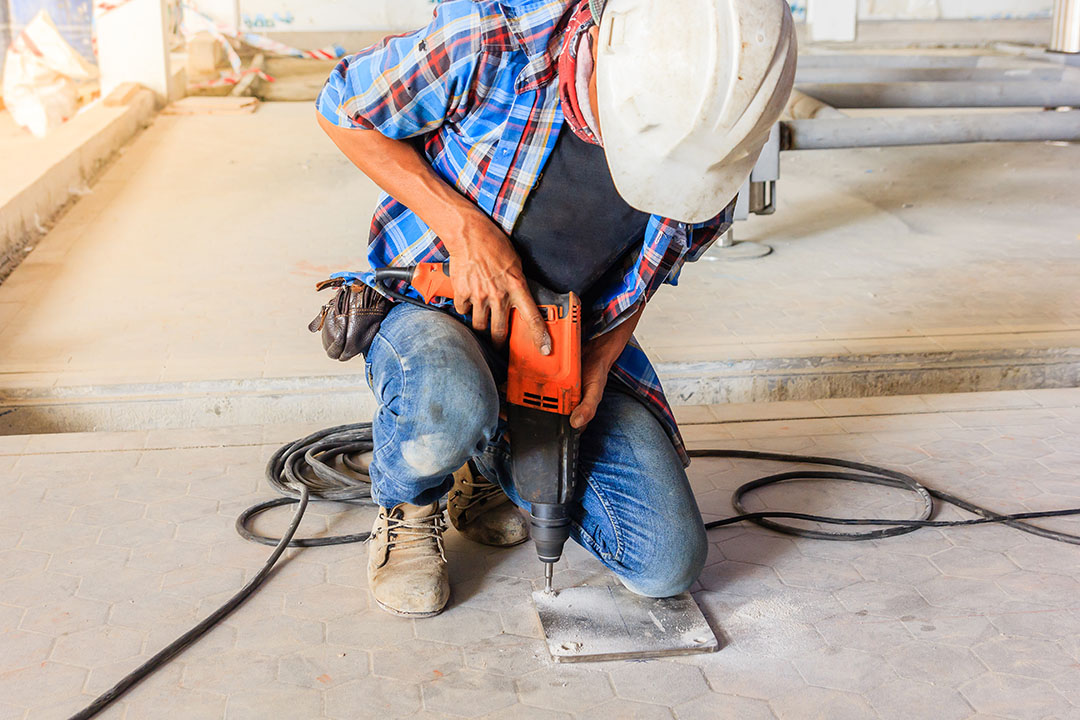 Remain a safe distance away from anyone else working in the same area or observing your work
Remain a safe distance away from anyone else working in the same area or observing your work